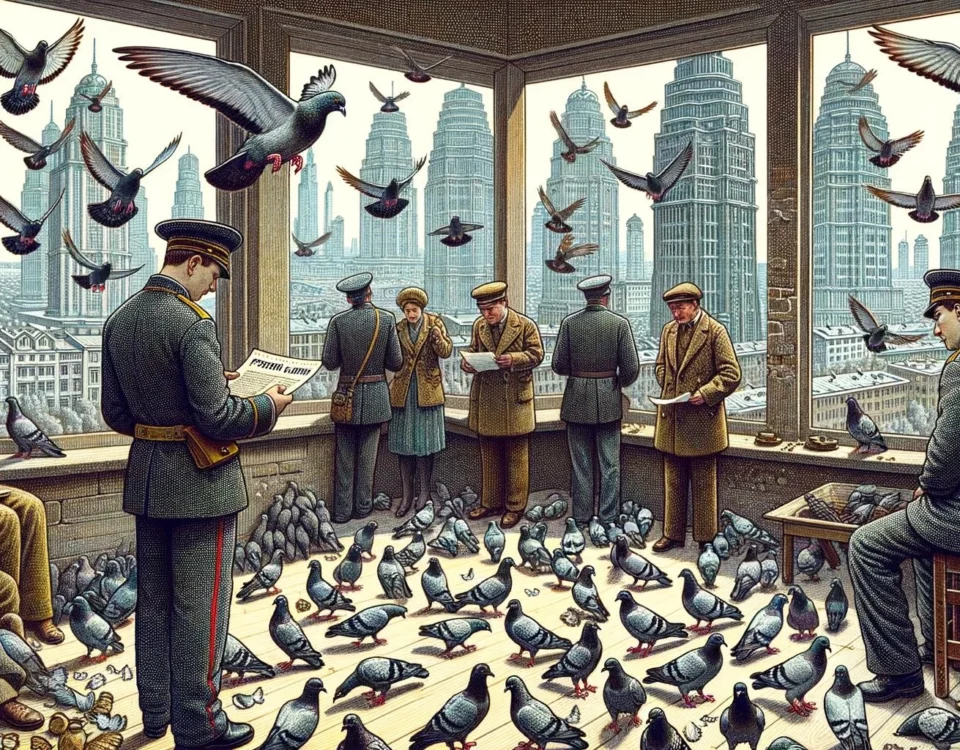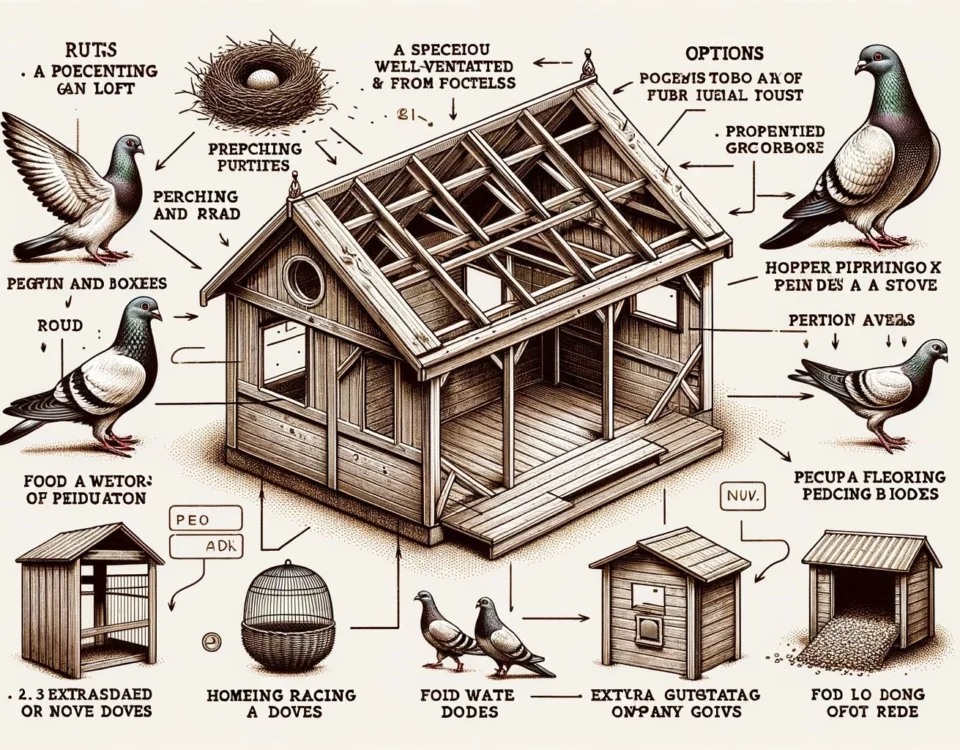Pigeons, while often seen as a nuisance in urban areas, have a complex relationship with the law and the tourism industry. Pigeon laws vary from country to country and even within different regions within a country. While some cities have implemented laws to control pigeon populations deemed to be pests, others have embraced pigeons as part of their cultural heritage and tourist attractions. In this article, we will explore the different laws and regulations surrounding pigeons and their impact on the tourism industry.
Key Takeaways
- Pigeon laws vary from country to country and within different regions.
- Some cities have implemented laws to control pigeon populations, while others have embraced pigeons as part of their cultural heritage and tourist attractions.
- Feeding pigeons may be regulated or prohibited in certain areas due to concerns about public health and safety.
- The presence of pigeons can have both positive and negative effects on the tourism industry, depending on the location and context.
Regulation of Pigeons
The regulation of pigeons varies depending on the jurisdiction. In some countries, there are general bird protection laws that apply to all bird species, including pigeons. These laws may protect pigeons from harm or require permits for their removal. However, pigeons are not protected by law in some countries, allowing for their control or eradication if they become a nuisance.
At the local level, city councils or municipalities may pass their own laws or bylaws to manage pigeon populations. These laws can range from restrictions on feeding pigeons or keeping them as pets to more aggressive measures such as pigeon culling programs. The goal of these regulations is often to mitigate the negative impacts of pigeons on public health, safety, or property.
Pigeon Laws and Tourism
The presence of pigeons can have both positive and negative effects on the tourism industry, depending on the location and context. In some cities, pigeons are considered part of the cultural heritage and are embraced as tourist attractions. Famous landmarks, such as St. Mark’s Square in Venice, Italy, or Trafalgar Square in London, England, are known for the abundance of pigeons and attract tourists who enjoy feeding and interacting with these birds.
However, in other cities, pigeons are seen as a nuisance and can negatively impact the tourist experience. Pigeons can cause damage to historical buildings, monuments, and public spaces by leaving droppings or nesting in hard-to-reach areas. Additionally, concerns about public health and safety arise when pigeon populations grow too large, leading to the spread of diseases or accidents caused by droppings.
The regulation of pigeon feeding in tourist areas is a common practice in some cities. For example, Barcelona, Spain, implemented a law in 2017 that prohibits residents and tourists from feeding feral pigeons in public spaces in an effort to reduce the pigeon population. The city aims to reduce the bird population by 80% over five years to mitigate the negative impact on public health and cleanliness.
Implications for the Tourism Industry
The impact of pigeon laws on the tourism industry varies depending on the destination. In cities where pigeons are embraced as part of the local culture and tourist attractions, regulations may be more relaxed, allowing visitors to interact with and feed the birds. This can create a unique and memorable experience for tourists.
However, in cities where pigeon populations are regulated or controlled, the impact on the tourism industry may be more nuanced. While some tourists may be disappointed by the absence or limited interaction with pigeons, others may appreciate the cleaner and more hygienic environment that results from these regulations.
Ultimately, finding the right balance between managing pigeon populations and preserving the cultural and historical significance of these birds is a complex task for cities that rely on tourism. It requires careful consideration of public health, safety, and the overall visitor experience.
In conclusion, the laws and regulations surrounding pigeons vary from country to country and within different regions. While some cities embrace pigeons as part of their cultural heritage and tourist attractions, others implement laws to control pigeon populations. The presence of pigeons can have both positive and negative effects on the tourism industry, depending on the location and context. Finding the right balance between managing pigeon populations and preserving the tourist experience is a delicate task for cities that rely on tourism.









